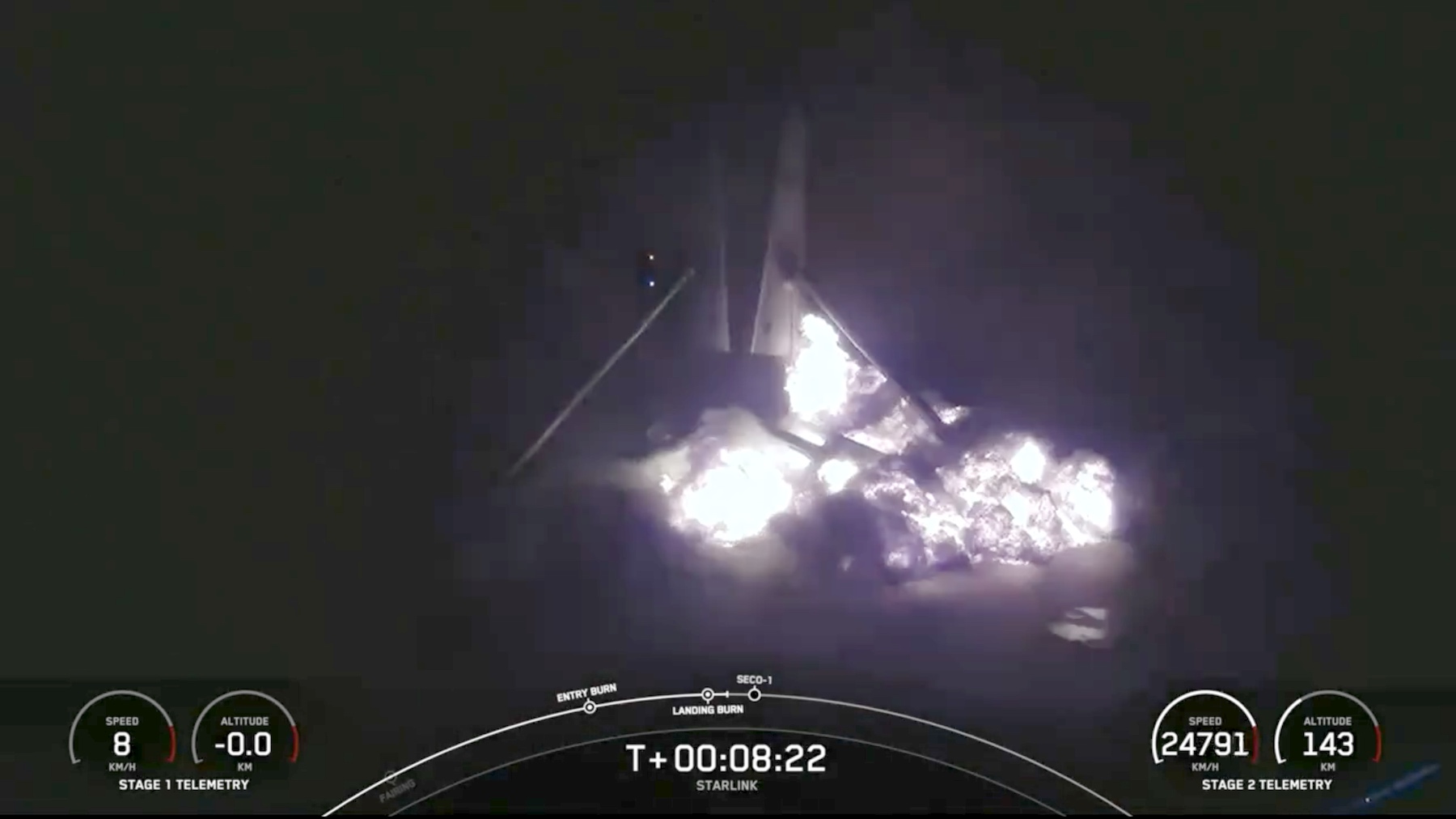A landing leg failure, for example, likely could be quickly cleared because it is not used in other phases of flight
I assume SpaceX wouldn’t make any big assumptions along these lines though?
I imagine, for example, that a worn component that could fail catastrophically on landing might also be at risk of some kind of failure during max Q, in a way that affects the primary mission.
Of course, there could come a point where you judge that so unlikely as to be not worth wasting any (further) time on.
But as an armchair observer I’m fairly glad to see a pause at this point before Polaris Dawn, even just a couple of days …
“We’re just focused on recovery weather at this point,” he said after the announcement of the FAA investigation into the booster landing anomaly. “I think that is still gate to our launch.”
Surprising. Does this mean they have good reason to think they’ll get a Public Safety Determination in a matter of days? Does the FAA work weekends?
P.S. If a landing leg realistically could, say, pop open at max Q, I guess that further strengthens the argument in favour of rocket ‘catchings’ rather than rocket landings!
The fix could also be a software related issue considering this booster was coming in a bit faster than usual as per Scott Manley’s video on the matter. The software change could be as small as keep the other engines lit for a tiny bit longer to correct for any observed flight deviations. Or better flight deviation detection. The difference in speed is small enough that changes to landing event timings could be tweaked by a single second for instance.




